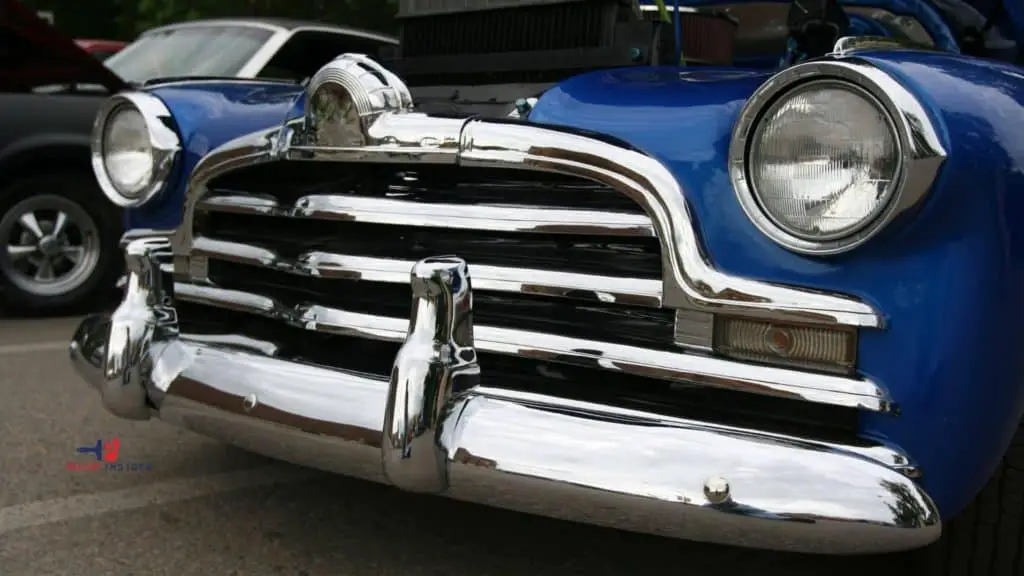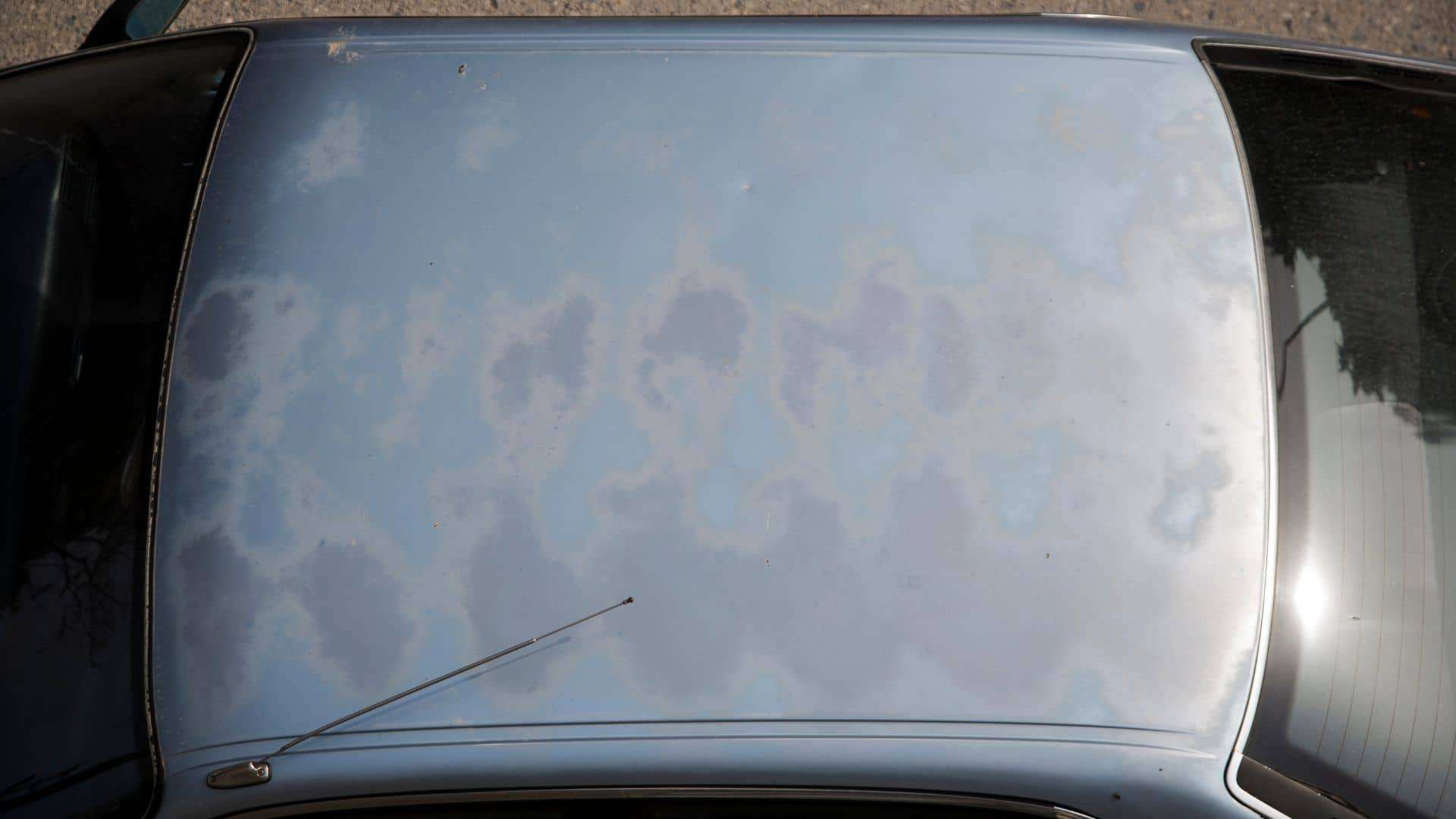Knowledge of how to build a paint booth exhaust is a must if one spends most of the time in a paint booth and the booth does not have a proper ventilation system, then the poisonous gas can harm his health. But, building an exhaust system in the paint booth is an efficient solution. In this article, we will tell you how to build a paint booth exhaust system. The process will not become complex if you follow the steps mentioned.
Required Items for Paint Booth Ventilation
If you want to set up the proper airflow in a paint booth, maintain the following equipment-
Filters: You should install filters to remove dirt from the air of the paint booth chamber. Owners use two types of filters in their paint booths. They are
- Exhaust filters
- Intake filters.
Downdraft paint booth requires exhaust filters. Besides, the cross-draft booth needs intake filters. Use a manometer to examine your filters. It will help to keep the paint booth well-ventilated.
Exhaust Fans: Fans help to expel toxins and improve the ventilation of the building. To ensure the best results, check your paint booth fans daily.
As tube axial fans are intended to pull air, you can use them on the booth’s exhaust system. Sure-Cure AMU forces the air into the booth. Aluminum blades protect your booth from misfiring. So, if you install fans with these blades, you can work with flammable coatings.
Design: Flat-top paint booths are famous for their affordable rate. But they provide low air circulation. Hence, select a gabled roof paint booth for the best airflow and higher-quality design.
Airflow style: Airflow style is an essential concern for a paint booth. It delivers impact on paint quality, impurity control, operating costs, and expenditures.
Ventilation: Ventilation is the most required element for making the exhaust system. If you are dizzy or short of breath after working in your paint booth, likely, you’re likely not in a well-ventilated environment. Without ventilation, you can not get an ideal exhaust system in your paint booth.
- Every paint booth should have an exhaust system that exits to the external wall.
- Exhaust ducts should maintain the California Mechanical Code.
- Electric motors operating exhaust fans are not allowed to be mounted within booths or vents.
- Exhaust ducts must have a standard clearance of 18 inches from explosive buildings or substances.
- Fan-rotating elements and casings are non-sparking materials.
- Straps are not permitted to enter vents or booths unless the belts and pulleys within the duct or booth are completely sealed.
- The flammable building contains the following safety precautions placed in all areas within 18 inches of the exhaust duct.
Importance of building paint booth exhaust
Exhaust walls can make your place neat and clean. They are suitable for playground equipment and signage. But you can not install them while painting cars and trucks. - If you want to reduce the amount of contamination, build an exhaust wall in the work area.
It can provide the same assurance as downdraft technology to protect your paint from dirt and debris. - Exhaust walls absorb harmful gases, and solvents from a work area. Therefore, you should have an exhaust system with the ability to connect with a paint booth as well as an easy installation process.
- Spending several hours in the presence of harmful gases and chemicals can lead to adverse health effects. Though you may not realize the symptoms instantly, it threatens your lungs and neurological system. They also may cause cancer and asthma. The exhaust system will give you a safe work environment.
How to Build A Paint Booth Exhaust?
After measuring the size of the hole, level the area with a heat gun. Thus, you can attach the PVC into place. If you heat the PVC, it becomes flexible. Press the area with a piece of 2 x 4 to bring a level surface and connect the fittings.
Assembling the Paint Booth Exhaust: In the case of building the exhaust system, assembly is the first step. And the process is quite easy.
- Create one angle fitting on the vac’s blower side and another on the vac’s motor where the exhaust will create a vacuum.
- Begin with the little 1.5′′ piece.
- Next, apply an 18-inch piece of 1.5-inch PVC to another side of the right corner.
- Insert a 3-inch piece of PVC into the other sharp angle of the top section.
- After that, fit the inner part into the four-inch PVC pipe.
- Press the small pipe in the gap of the PVC pipe.
- Internal Image of a Venturi Vent
- Install HVAC floor duct for the opening.
- Build a grate with a screen. Thus, you can remove large particles of paint. You can collect this screen by cutting the HVAC filter material.
- Finally, secure a little piece of plywood to the front of the panel.
- Now, you can make a cover to the vent opening.
Paint Booth Exhaust Filter: Finally, attach the vacuum cleaner’s exhaust to the Venturi tube’s outer port. Then, connect the tube with the exhaust duct. Thus, you can easily access the garage door.
Is the process the easiest? You can complete the whole task within a few hours without any help. I hope you can finish the work efficiently.
Final Verdict: Building an exhaust system in the paint booth is a wise decision. It saves the workers from harmful chemicals by getting them out of the booth. So, you should build the system without waiting any further. The article will help you as a guideline for completing the task.
If you face any problems, do not hesitate to reach out to us by email. Also, you can always take help from professionals if you are not feeling confident enough. Reading and following the building process, you will not require any assistance; I can assure you this. Best of luck!











